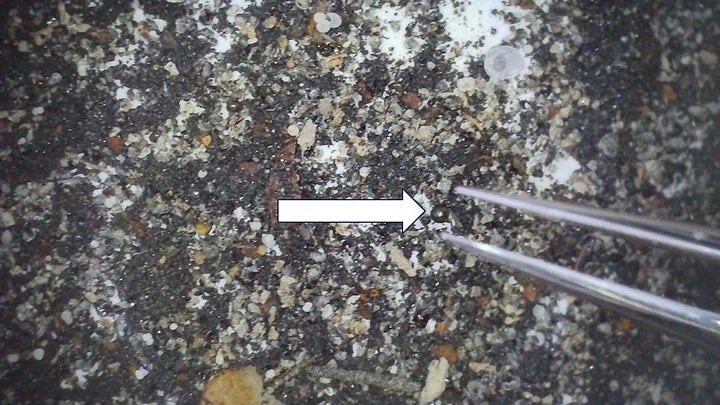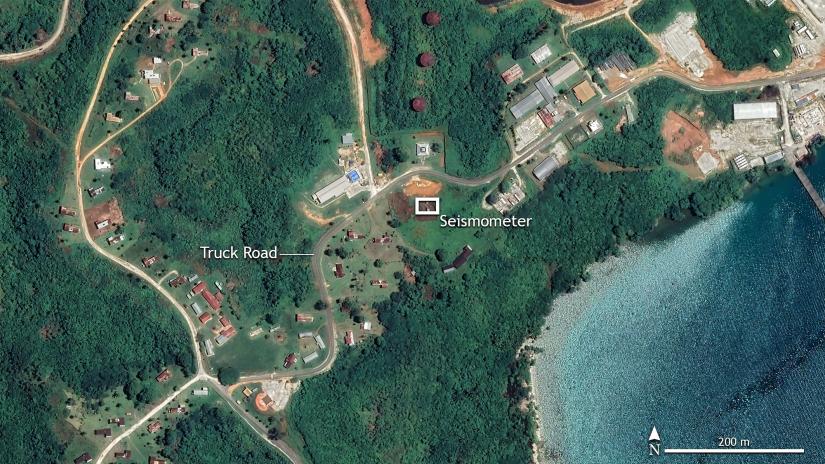A new study shows that seismic activity thought to be from a 2014 meteorite instead has a more mundane explanation.

The spherules or metal objects collected from IM1’s landing site Credit: Avi Loeb/Medium
Seismic activity from a meteorite that landed in the Pacific Ocean in 2014 led to an underwater expedition and speculation from some the meteorite might be of interstellar origin. A new study suggests the seismic activity likely has a much more down-to-Earth explanation.
It was from a truck.
That’s the conclusion from a team of scientists who presented their findings at the Lunar and Planetary Science Conference in a presentation called, Probably Not Aliens: Seismic Data Analysis From the 2014 ‘Interstellar Meteor’.
From meteorite to a passing truck

Benjamin Fernando, first author, seismologist at Johns Hopkins University, and presenter at LPSC, and his team looked at the data captured by Australia’s Passive Seismic Network and a seismic station on Manus Island in Papua New Guinea. Scientists found the activity was more in line with characteristics caused by a nearby moving truck and did not appear to come from a meteorite.
“The signal changed directions over time, exactly matching a road that runs past the seismometer,” said Fernando in a press release. Fernando also explained that although it’s difficult to pinpoint what that signature is from, they found there are other signatures just like it and they are more like those found for Earth’s trucks.
‘The discovery of a meteorite of interstellar origin’
The new research questions conclusions in a paper Amir Siraj and Avi Loeb published in 2019 on the pre-print server arXiv, describing an interstellar object called CNEOS 2014-01-08 or bolide IM1. More recently, Loeb made headlines for suspecting that pieces of metal on the sea floor recovered during a privately-funded expedition were from this meteorite and of extraterrestrial origin. To locate and recover the small metallic pieces from the ocean, Loeb’s team used ground vibrations collected by a nearby seismic station. With the data, they pinpointed where the fireball may have landed.
The new findings show the 2014 meteorite impacted somewhere else, and not where Loeb’s team recovered the metal fragments. “The fireball location was actually very far away from where the oceanographic expedition went to retrieve these meteor fragments,” Fernando said in the press release. “Not only did they use the wrong signal, they were looking in the wrong place.”
Fernando’s team used data from other stations to estimate the fireball’s landing spot was likely 100 miles from the area Loeb’s team searched.
Loeb has taken issue with coverage of this study and written about it on his own site.

